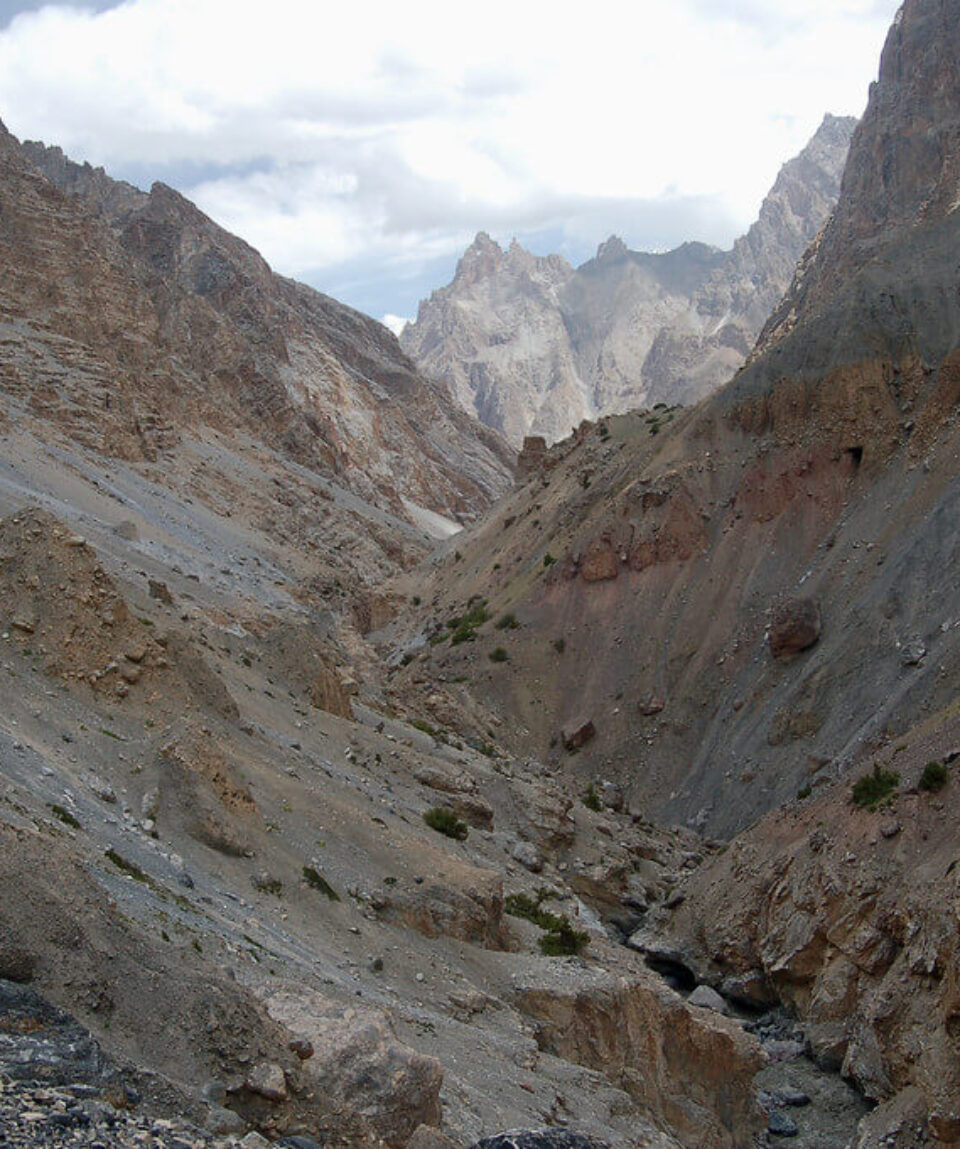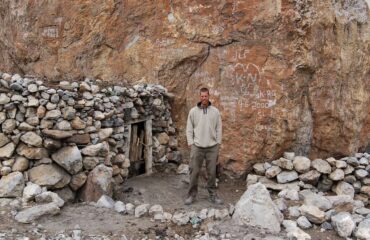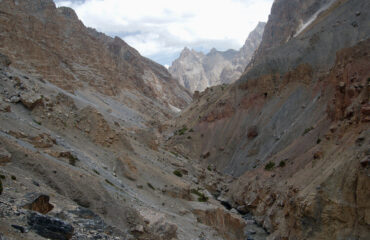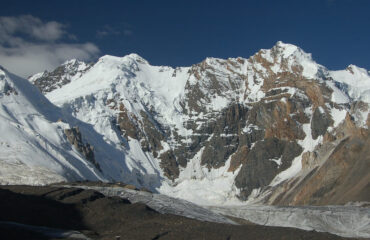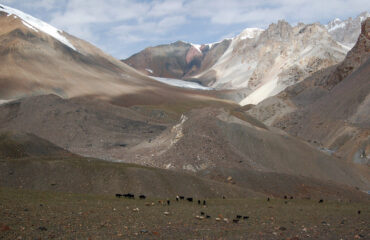Lupgar Pir Pass
fromLupgar Pir Pass: A less-traveled path between Yishkuk and Raminj that provides breathtaking views of the Tirich Mir range as well as a glance into the craggy Lupgar Valley.
-
Reviews 0 Reviews0/5
-
Vacation Style Holiday TypeClimbing, Culture, Guided, Hiking, Trekking
-
Activity Level Moderate
-
Group Size Medium Group
The Lupgar Pir Pass is a well-kept secret that has long avoided the attention of hikers and explorers. It is located in the isolated and breathtaking Karakoram mountain range. With a lofty elevation of 5190 metres, this non-glaciated pass offers a journey unlike any other. It follows a path that parallels the Chapursan Valley’s southern boundary and connects Raminj in the mountainous, beautiful Lupgar Valley with the upper Chapursan Valley’s Yishkuk.
The indigenous populations in this area have traditionally used these valleys for grazing their cattle rather than for travelling via the pass. It wasn’t until 1994 that this path once again became a subject of exploration, effectively “reopening” it. The 1994 crossing, a significant event in modern history, revived interest in the past among both hikers and mountaineers by following in the footsteps of Schomberg’s inaugural expedition in 1934.
Lupgar Pir Pass offers two different routes for intrepid travellers to go across its stunning landscape. Due to the fact that Yishkuk is 300 metres higher than Raminj, the west-to-east route, starting in Yishkuk, provides for a more progressive acclimatisation process. Additionally, compared to the east side of the pass, the west side offers a quicker and less difficult ascent.
Non-technical glacier crosses, one of the trek’s distinctive features, give a thrill and a challenge to those who dare to set out on this trip. The Karakoram’s lasting fascination is attested to the Lupgar Pir Pass, which serves as an invitation to discover its untamed landscapes and intricate cultural traditions. It continues to be a secret gem, just waiting to be uncovered by people looking for the untainted beauty and untried adventures that the mountains have to offer. As the years go by, its attractiveness intensifies, solidifying its standing as a must-visit location for travellers who desire for the rush of the uncharted.
| Package Confirmed Dates | Trip Status Trip Status | Price (PP) Excluding Flights | Price (PP) Including Flights | |
|---|---|---|---|---|
|
June 12, 2025 - June 21, 2025
|
Guaranteed
|
$1,200
|
N/A
|


